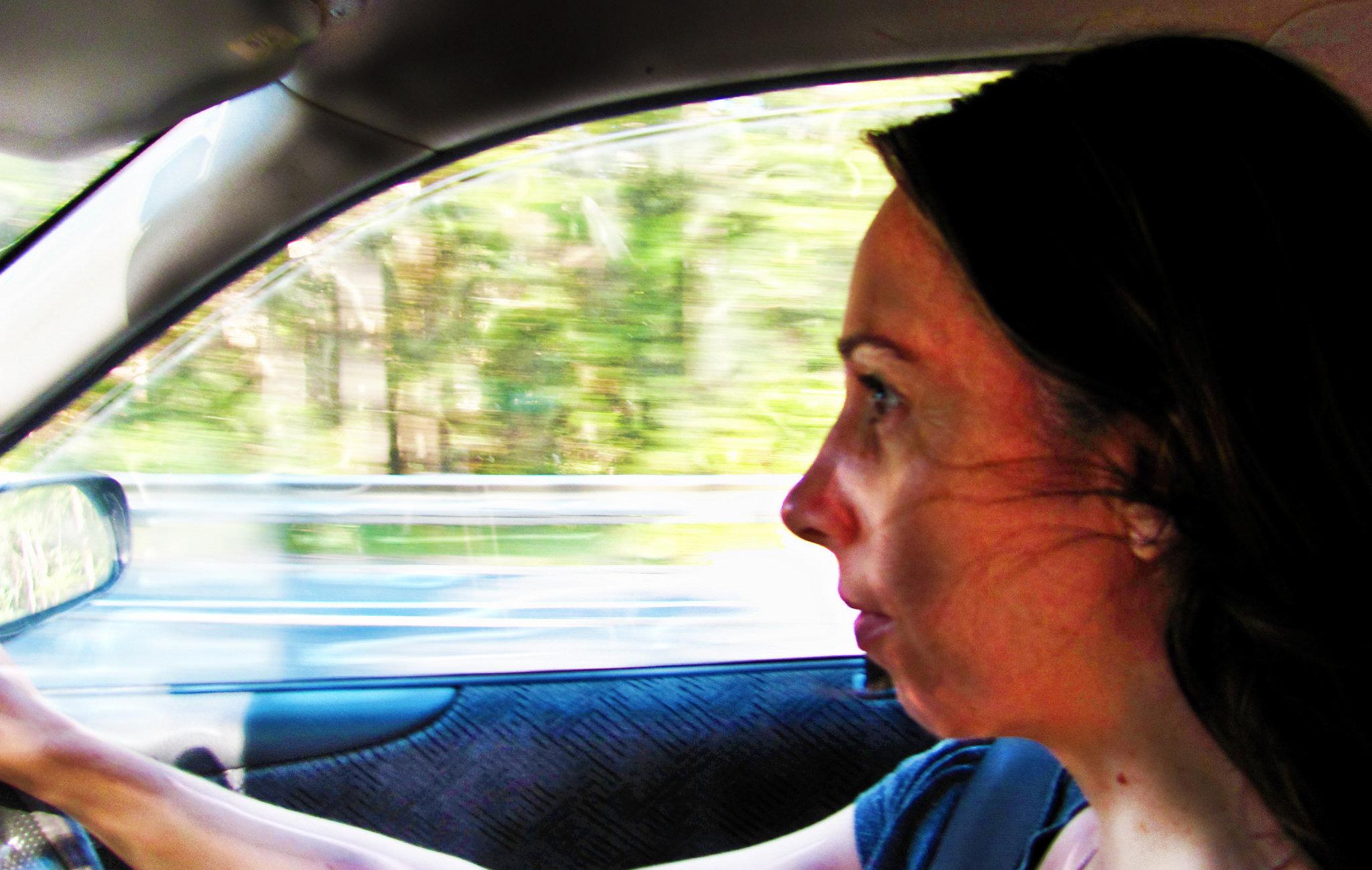
Everyone knows that teen drivers usually aren’t the best drivers. Most don’t have the judgment or experience to be great drivers right out of the gate. And there’s little doubt that as drivers age, they tend to lose their quick reflexes as well as suffer from impaired vision and hearing.
But, what about you?
You’re not a teen. You’re not a senior. You think of yourself as a good driver. If you’ve been driving for a while without an accident, you probably are good. But, admit it – driving’s become second nature. You probably do it without thinking. Haven’t you become a bit complacent? Take a critical look at your driving habits. It’s a good bet you could use a refresher course on driving yourself. Here’s what you need to do to become a great driver again.
Be a “Big Picture” Driver
As driving expert Alex Perdikis discusses in his blog, cars are getting safer every day. But safe cars can’t do it alone. It’s your responsibility to drive skillfully and safely. Are you doing your part?
When you’re on the road, do you find yourself reading the bumper stickers on the car in front of you? Two potentially dangerous things are happening here – you’re attention is on your immediate surroundings and driving is taking second or third place in your brain. Great drivers focus on the big picture at all times. Here’s how to drive big:
- Maintain proper following distance: Never tailgate – not because you’re late, not to teach someone a “lesson,” not for any reason. Leave yourself plenty of distance to stop in time if the vehicle in front of you stops without warning.
- Steer high: Look down the road, observe traffic conditions and give yourself time to respond.
- Move your eyes: Take your eyes off the bumper sticker, you shouldn’t follow that closely anyway, and constantly shift your eyes. Traffic conditions change in a heartbeat. Make sure you see changes as they happen.
- Have an escape plan: Create an escape route on at least one side of your vehicle if at all possible. You’ll have a safe place to swerve away from danger if you need it.
Attention, Please!
It’s likely your community has lost one or more teenager drivers because they thought they could text and drive at the same time. The federal Centers for Disease Control and Prevention (CDC) estimates that approximately nine people are killed each day because of distracted driving.
Texting involves three main types of distractions all in one act. Texting drivers take their eyes off the road, their hands off the wheel and their minds off driving. The CDC reports in the mere five seconds it takes to read or send a text message, a car traveling at 55 mph covers the length of a football field.
Cellphones are a distraction for teenage drivers to be sure, but chances are you’re not guilt-free, either. Have you talked on your cellphone while driving? You’ve engaged in distracted driving. If the call’s that important, find a safe place to pull over and stop.
Cellphones aren’t the only distractions, however. How often do you grab fast food and eat while driving? Or, worse, have you driven when you weren’t in the best shape to drive? You know not to drink and drive, but have you ever driven somewhere when you were bone tired? Were you aware that sleep-deprived drivers are just as dangerous as alcohol-impaired? It’s true.
Medications and illnesses can also make you a dangerous driver. If you can’t devote your full attention to driving, for whatever reason, don’t get behind the wheel.
Moving From Good to Great
Becoming a great driver again means remembering the basics. Maintaining proper distance between vehicles, paying attention, keeping your cool and driving with your eyes wide-open is what’ll put the “great” back in your driving.